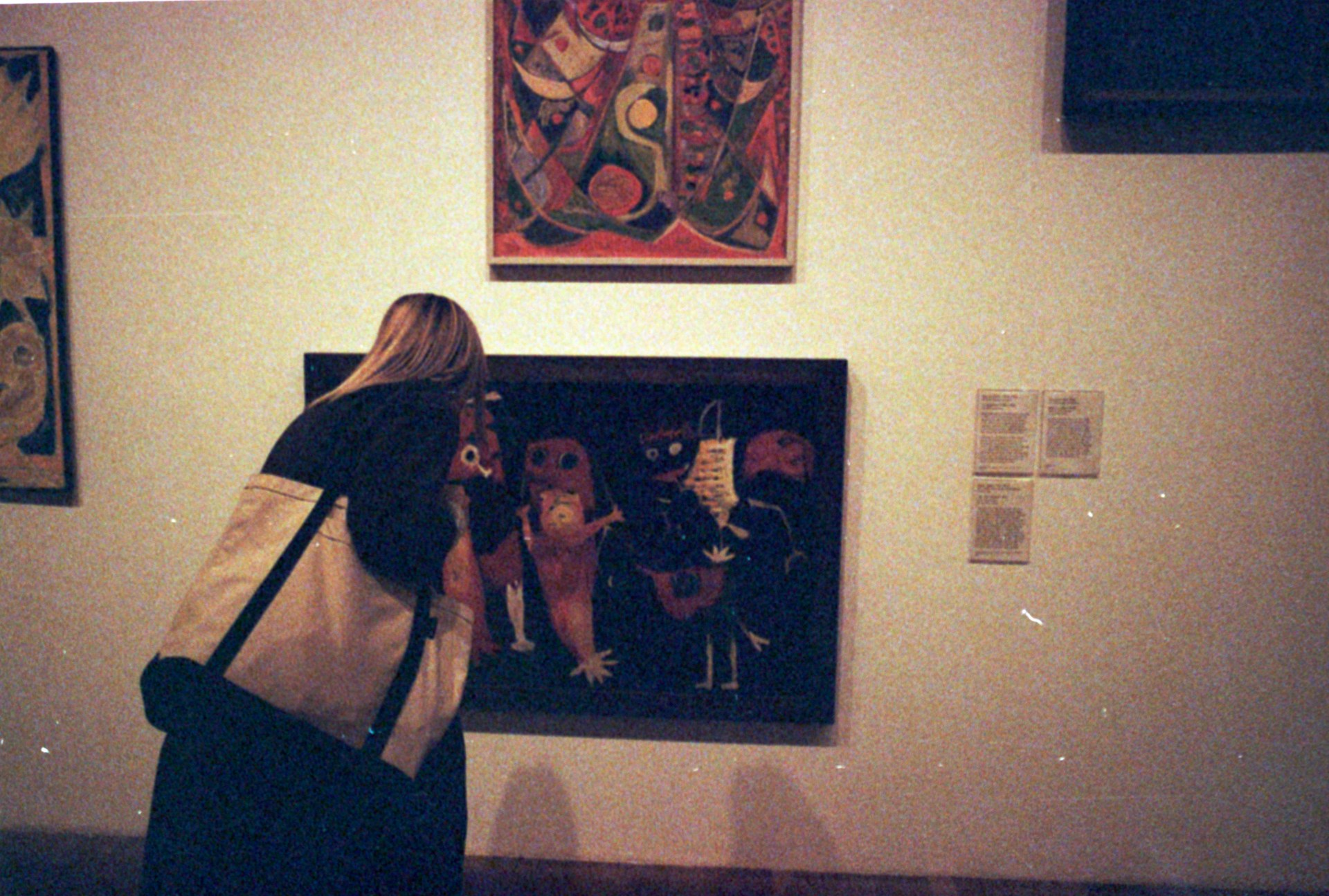
Appreciating various art forms begins naturally with visual arts because they engage the eyes before the mind. Visual expression includes painting, drawing, sculpture, photography, and modern digital creations. Each medium invites viewers into a world shaped by color, line, form, and texture, allowing the imagination to explore meaning beyond what is immediately seen.
Painting and drawing have always been essential channels for human creativity. From ancient cave paintings to contemporary abstract pieces, they reflect emotion, thought, history, and culture. Appreciating various art forms within painting means noticing details such as brushwork, perspective, color harmony, and how the artist conveys emotion through visual cues. A simple color choice can evoke calmness, tension, excitement, or nostalgia, proving that visual art communicates powerfully without words.
Sculpture adds a physical dimension to artistic appreciation. Through carved stone, molded clay, metalwork, or mixed materials, sculpture encourages viewers to feel the presence of art in space. Appreciating various art forms in sculpture involves observing shape, shadow, balance, and how material transforms into meaningful form. Modern installations also invite interaction, turning viewers into participants and deepening the connection between art and observer.
Photography and digital art broaden this experience. Photography captures real emotions and moments, freezing stories in time. Digital art, shaped by evolving technology, expands creativity into realms once impossible to imagine. Appreciating various art forms within these mediums requires attention to composition, lighting, storytelling, and innovation. Together, all visual arts invite us to understand the world through images crafted with intention.
Appreciating Various Art Forms Through Performance
Performing arts bring creativity to life through sound, movement, and dramatic expression. Appreciating various art forms in performance invites audiences into shared emotional experiences that unfold in real time. Music, dance, and theatre build an atmosphere where rhythm, voice, and movement merge into powerful storytelling.
Music is often called the universal language because it speaks directly to emotion. Through melody, harmony, and rhythm, music can uplift, soothe, energize, or inspire listeners. Appreciating different art forms within music involves listening closely to how instruments blend, how vocals express emotion, and how rhythm shapes the listener’s mood. Every genre, from classical to contemporary, carries its own culture and story, offering endless opportunities for emotional connection.
Dance uses the human body as an artistic instrument. Whether it is traditional folk dance, ballet, or modern choreography, dance expresses feelings that movement alone can convey. Appreciating various art forms in dance means observing grace, rhythm, coordination, expression, and the relationship between movement and music. Dance communicates across cultures and generations, preserving traditions while encouraging innovation.
Theatre combines dialogue, acting, design, and storytelling into a single performance. Appreciating various art forms within theatre requires attention to character portrayal, voice, costume, lighting, and stage design. Theatre reflects societal values, personal struggles, and timeless themes, making it a meaningful part of cultural appreciation. Through performance, audiences engage emotionally with stories that mirror real human experiences.
Appreciating Various Art Forms Through Literature
Literature captures creativity through the power of language. Appreciating various art forms in literature means exploring poetry, storytelling, novels, essays, and written expression that shape perspectives and spark imagination. Words have the ability to move readers deeply, offering insight into cultures, histories, and personal emotions.
Poetry distills emotions into rhythmic and symbolic language. Haiku, sonnets, and free verse invite readers to reflect on themes such as love, nature, conflict, and identity. Appreciating various art forms in poetry involves noticing imagery, metaphor, sound, and structure. Each line is crafted with intention, creating layers of meaning that encourage interpretation.
Prose expands literary expression into storytelling. Novels and short stories introduce characters, build worlds, and explore complex themes. Appreciating various art forms in prose means examining narrative voice, character development, conflict, and cultural context. Fiction allows readers to experience realities beyond their own, broadening empathy and understanding.
Creative writing and personal expression also form part of literary appreciation. Journals, blogs, and personal narratives capture individual thoughts, memories, and ideas. Appreciating various art forms here involves recognizing authenticity, voice, and emotional sincerity. Through literary arts, we gain a deeper appreciation for human expression and the impact of carefully chosen words.
Culture and Innovation
The beauty of appreciating various art forms lies in how creativity evolves with society. Cultural arts preserve identity, while modern innovations expand artistic boundaries. Both traditional and contemporary forms contribute meaningfully to global artistic diversity.
Traditional cultural arts include weaving, pottery, carving, embroidery, calligraphy, folk storytelling, and traditional music. These art forms reflect the values, beliefs, and heritage of communities. Appreciating various art forms rooted in tradition means understanding their history, symbolism, and cultural significance. They serve as reminders of human ingenuity and the importance of preserving identity.
Modern innovation has introduced new creative mediums such as digital illustration, 3D modeling, animation, virtual reality art, and multimedia storytelling. Technology has broadened the possibilities of artistic expression, encouraging experimentation beyond conventional boundaries. Appreciating various art forms within digital creativity involves noticing technique, design, originality, and the ways technology enhances storytelling.
Public art and street art have also become powerful forms of cultural expression. Murals, graffiti, and installations in public spaces turn everyday environments into artistic experiences. Appreciating various art forms in public spaces means seeing how art interacts with community, environment, and social commentary. These artworks often spark conversation and inspire positive change.
Appreciating various art forms enriches life by opening pathways to creativity, emotion, and cultural understanding. Whether through visual creations, performance, literature, or cultural and modern innovations, art invites us to see the world from different perspectives. The more we explore and appreciate these forms, the deeper our connection becomes to creativity, humanity, and the beauty of expression that surrounds us every day.